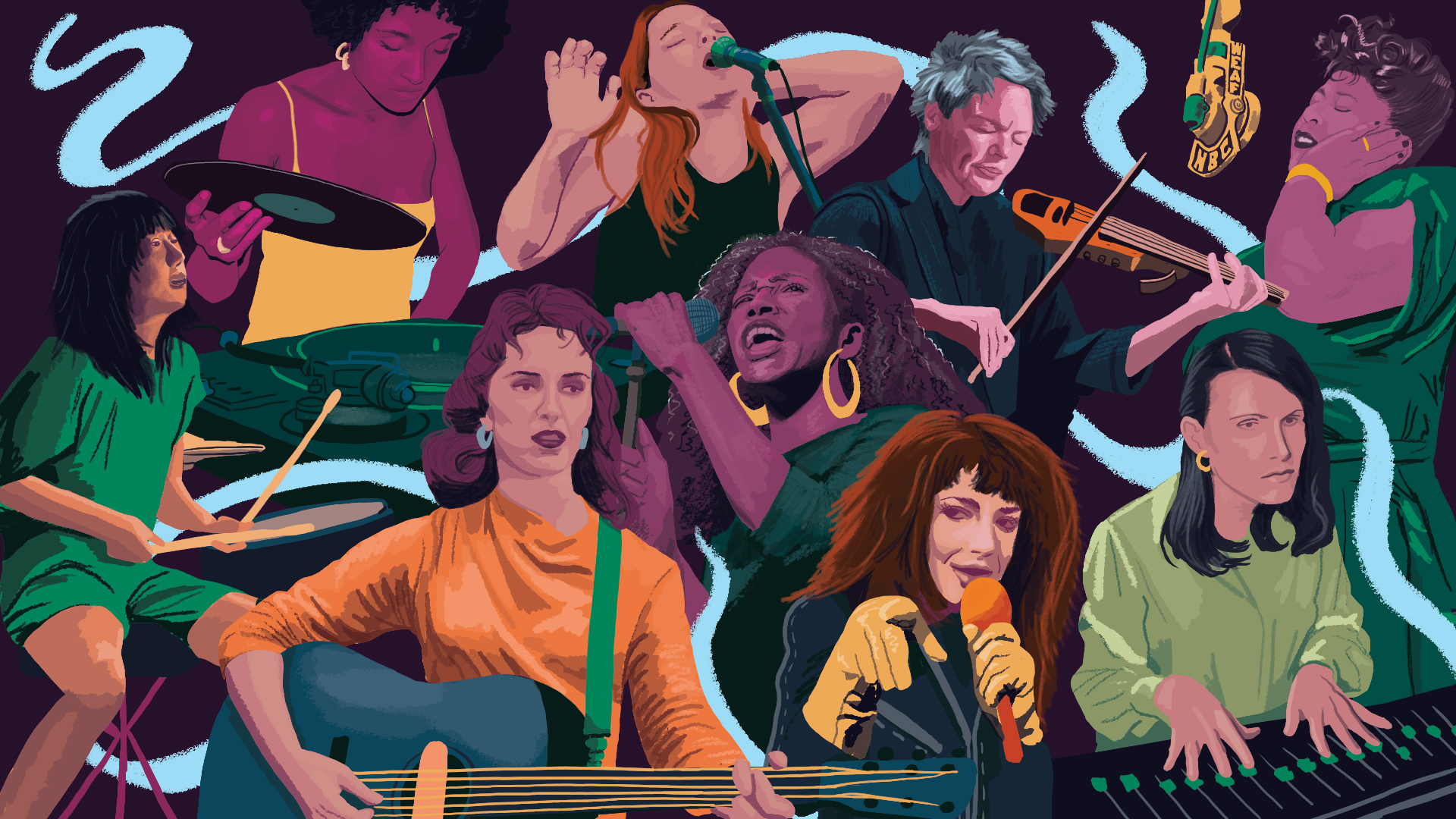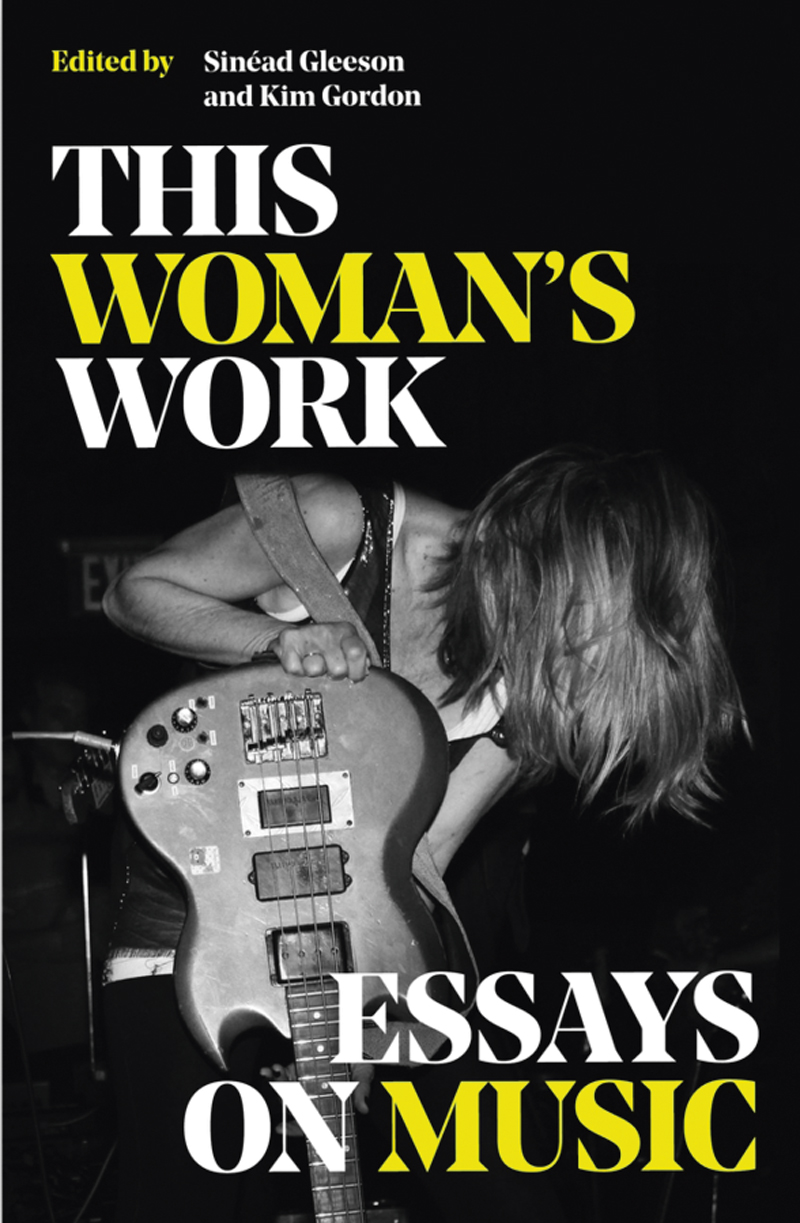When the artist and writer Juliana Huxtable first discovered the American jazz singer Linda Sharrock, she was “firmly in the ‘psychedelic era’” of her life. “I am convinced Linda’s renderings found me,” she writes in Praise Poem for Linda, an essay that doesn’t just pay tribute to one woman’s croons, but also draws us into the “masterful eruption of unmistakably Black expression”. Sharrock is, for Huxtable, a virtuoso in a long line of Black female vocalists who, despite being forerunners of the avant-garde, have largely gone uncredited.
“An essay is never about a singular subject, it’s always about a lot of things,” says writer, editor and broadcaster Sinéad Gleeson during a Zoom call from her home in Dublin. Take Huxtable’s praise poem, for instance. “I love that essay,” Gleeson says. “You pick it up and learn something new about a woman doing incredible things with her voice, outside of language, outside of sound.” Few have heard of her, and Sharrock is nearly 75 now. “Maybe people reading this book will change that a bit.”
The book we’re discussing is a collection of essays about the female experience in music, This Woman’s Work – a nod to Kate Bush’s 1989 song – which is edited by Gleeson and her collaborator, Sonic Youth’s Kim Gordon. Decades after seeing Sonic Youth play in a sweaty club in her teens, Gleeson was asked to interview Gordon at a retrospective of her work in the Museum of Modern Art in Dublin. Gordon, fresh from writing her memoir, Girl in a Band, was looking for a partner and found one in Gleeson, an editor who describes the act of essay commissioning as “gold-digging”.
This essay collection is, at its heart, about uncovering voices. “Can you imagine any woman in music who would get a nine-hour Get Back type-thing made about them? Kate Bush, maybe. Aretha Franklin, possibly,” Gleeson muses as we discuss the ways in which women have been sidelined in a traditionally male-coded industry. Music has often been regarded as “men’s work”. How conscious was she of not coming from a wholly defensive position, I ask – because that would be easy to do, wouldn’t it? “Absolutely,” Gleeson replies. “And that’s the nub of it, really. There’s so much worth celebrating.”
And celebrate it does. From Megan Jasper’s innovative work with the grunge label Sub Pop, to Kim Gordon’s collaborative friendship with Japanese noise-rocker Yoshimi Yokota, to Zakia Sewell’s Hearing Voices, a moving love letter to her mother’s vibrato, “a ghost, immortalised on tape”. Reframing narratives from a female gaze, no genre is left unturned over the course of these 16 essays, taking us from trap and drill (Gleeson calls Simone White’s deep dive into these subgenres of hip-hop “brilliant and challenging and not like any other essay in this book”) to folk and country, to jazz and electronic.
There are the musicians we know (Ella Fitzgerald), the composers we may recognise (Wendy Carlos) and the unsung innovators we’re yet to meet (Maggie Nelson introduces us to the Mexican-American singer-songwriter Lhasa de Sela). “Even Rachel Kushner’s essay about Wanda Jackson isn’t just about her,” Gleeson explains. “It’s about America at a certain time, it’s about how you don’t have to stay in the same place musically or spiritually.”










